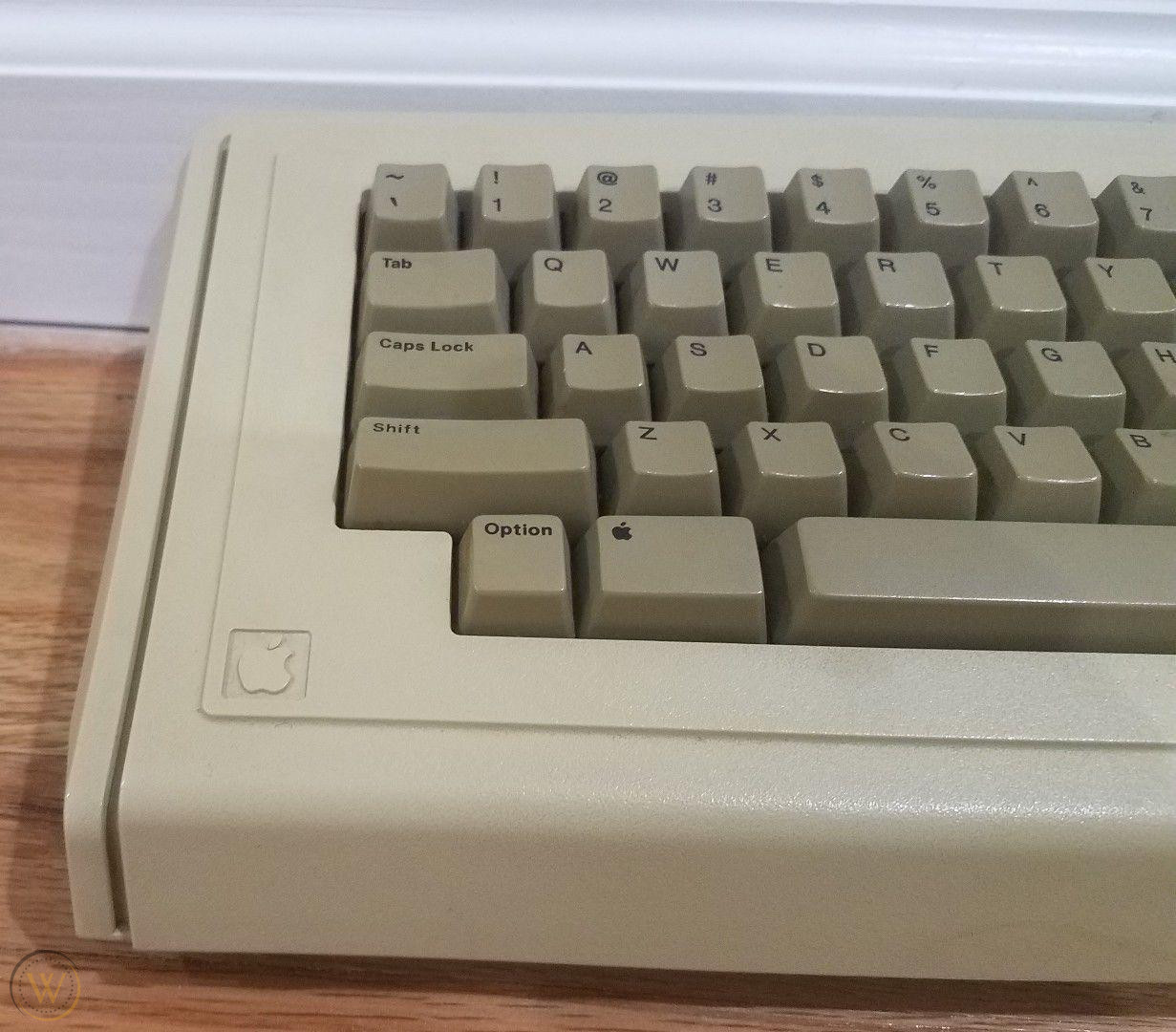The “Command” key on Mac is one of the most emblematic of Apple computers, which also has no equivalent on PCs. Used for a wide range of functions, such as opening a browser tab or closing windows, this key has been present in most Macs since their beginnings.
However, few people know that the icon that represents it is the result of an unexpected inspiration from Nordic tourist signs.
The first Apple computers, such as the Lisa, had a key called “Apple key,” on which the famous bitten Apple logo could be seen. This key was used to invoke some options without using the mouse, such as copying and pasting.

In 1983, shortly after the Apple Lisa was introduced, Steve Jobs saw MacDraw, Apple’s vector drawing program, in action for the first time and didn’t like it. He complained that there were too many apples everywhere, that the brand icon was becoming trivialized, and that an alternative was needed.
Susan Kare, a young designer at Apple Computers, was tasked with designing the symbol of a key that should serve to quickly access the most important functions of each application through keyboard shortcuts.
After searching for references in books of iconography, she found a symbol that fit: the one used on Nordic signs indicative of places of interest:

Therefore, the symbol became the new “Command” key of Macintosh, called Fornminne –prehistoric monument– by Mac users in Sweden or Seværdighedstegn –tourist sign– by the Danes.
But the story doesn’t end there. Years later, Kare explained that she received an email from a colleague informing her that the symbol of the Nordic tourist signs was not something abstract, but represented the layout of Borgholm Castle, an 11th-century Swedish fortress, where the rounded sides represented its towers.

This anecdote is a testament to how inspiration can come from unexpected places and how a simple form can become an iconic symbol. The “Command” key of Macs is an integral part of modern graphic design and a hallmark of Apple computers.
Susan Kare
She is a designer born near New York in 1954. After finishing her doctorate, she moved to San Francisco and worked for the city’s Fine Arts Museums.
Later, she was part of the original design team for the Apple Macintosh, where in addition to the “Command” key icon, she designed the Chicago typeface (the most famous typeface in the MacOS user interface and the first iPods), as well as the Geneva and Monaco typefaces, and the famous happy Mac icon that welcomed users when they turned on their computers.
After her time at Apple, Kare also worked for Microsoft, where she designed the original Solitaire game or the iconic Notepad icon, which was used in different versions of Windows from 3.0 to XP. In addition, since 2015 Kare has been the creative director of Pinterest.
If you’re interested in her work, she also sells signed prints on kareprints.com.




